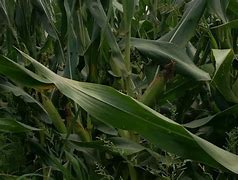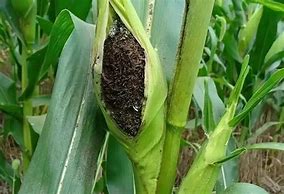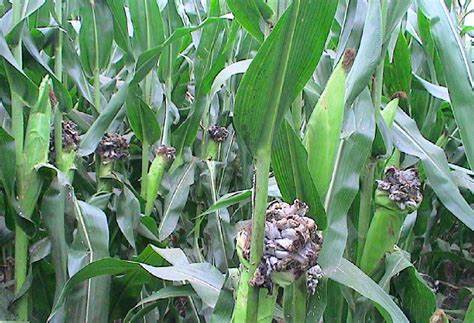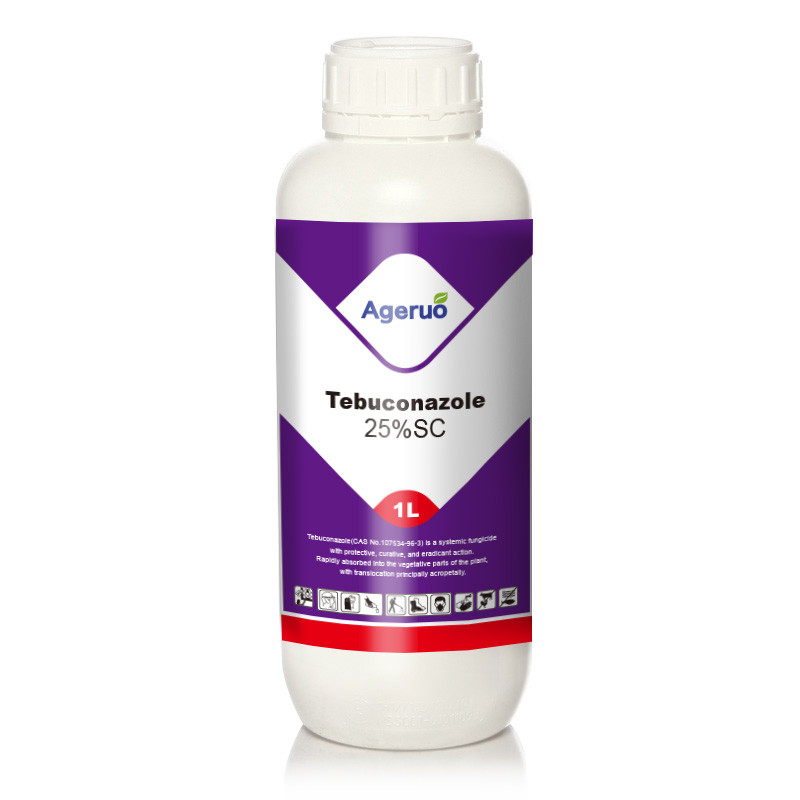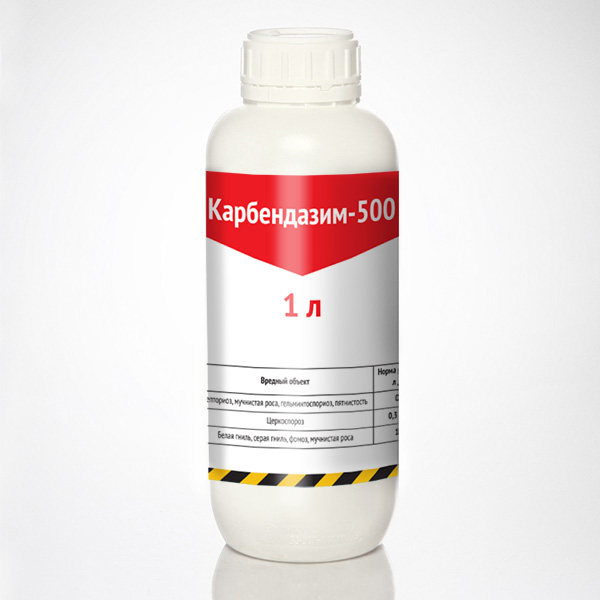The dark corn on the corn tree is actually a disease, which is commonly known as corn smut, also called smut, commonly known as gray bag and black mold. Ustilago is one of the important diseases of corn, which has a great impact on corn yield and quality. The degree of yield reduction varies depending on the onset period, disease size and disease location.
Main symptoms of corn smut
Corn smut can occur throughout the growth process, but is less common in the seedling stage and increases rapidly after tasseling. The disease will occur when the corn seedlings have 4-5 true leaves. The stems and leaves of the diseased seedlings will be twisted, deformed, and shortened. Small tumors will appear at the base of the stems close to the ground. When the corn grows to one foot high, the symptoms will appear. It is more obvious that after this, the leaves, stems, tassels, ears, and axillary buds will be infected one after another and tumors will appear. The tumors vary in size, ranging from as small as an egg to as large as a fist. The tumors initially appear silvery white, shiny, and juicy. When mature, the outer membrane ruptures and emits a large amount of black powder. On a corn stalk, there can be one or more tumors. After the tassel is pulled out, some of the florets are infected and develop cyst-like or horn-shaped tumors. Often several tumors gather into a pile. One tassel can have The number of tumors varies from a few to a dozen.
The occurrence pattern of corn smut
The pathogenic bacteria can overwinter in the soil, manure or diseased plant residues and are the initial source of infection in the second year. The chlamydospores adhered to the seeds play a certain role in the long-distance spread of smut. After the pathogen invades the corn plant, the mycelium will grow rapidly within the parenchyma cell tissue and produce an auxin-like substance that stimulates the cells in the corn plant, causing them to expand and proliferate, eventually forming tumors. When the tumor ruptures, a large number of teliospores will be released, causing reinfection.
Prevention and control measures of corn smut
(1) Seed treatment: 50% Carbendazim wettable powder can be used for seed dressing treatment at 0.5% of the seed weight.
(2) Remove the source of the disease: If the disease is found, we must cut it off as soon as possible and bury it deeply or burn it. After the corn harvest, the fallen leaves of the remaining plants in the field must be completely removed to reduce the source of overwintering bacteria in the soil. For fields with severe disease, , avoid continuous cropping.
(3) Strengthen cultivation management: First of all, reasonable close planting is the main measure that can be taken. Proper and reasonable close planting of corn can not only increase yield, but also effectively prevent the occurrence of corn smut. In addition, both water and fertilizer should be used in an appropriate amount. Too much will not be easy to control corn smut.
(4) Spraying prevention: During the period from corn emergence to heading, we must combine weeding and control pests such as bollworm, thrips, corn borer, and cotton bollworm. At the same time, fungicides such as Carbendazim and Tebuconazole can be sprayed. Take appropriate precautions against smut.
(5) Spraying remediation: Once the disease is found in the field, on the basis of timely removal, timely spray fungicides such as Tebuconazole to remediate and control the spread of the disease.
Post time: Feb-03-2024


